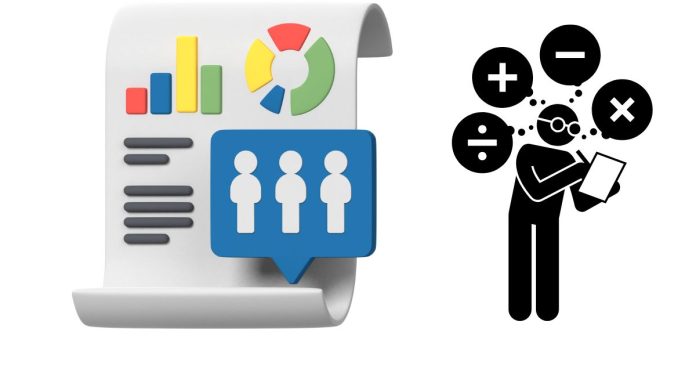When analyzing data, one of the first steps is often to determine the “center” or central tendency of the data. The mean is one of the most commonly used measures of central tendency, but does it truly represent the center of a data set? Let’s explore this concept to better understand its role in data analysis.
What is the Mean?
The mean, also known as the average, is calculated by adding up all the numbers in a data set and then dividing by the total number of values. For example, if we have the data set:
4, 8, 6, 10, 12, the mean is:
4+8+6+10+12 = 40/5=8
This means the mean of this data set is 8. In many cases, the mean gives us a useful summary of the data by providing a single value that represents the entire set.
The mean is often considered to represent the “center” of a data set because it is a measure of the average value. However, it’s important to recognize that the mean is sensitive to outliers (values that are significantly higher or lower than the rest of the data). This can make the mean a less accurate representation of the true center when the data contains extreme values.
Example of the Mean and Outliers:
Let’s consider a data set with the following values:
1, 2, 3, 4, 100
In this case, the mean of 22 is much higher than most of the data points because the number 100 is an outlier. The mean in this example does not truly represent the “center” of the data, as most of the values are clustered around 1 to 4.
Other Measures of Central Tendency
While the mean is a commonly used measure of central tendency, other measures like the median and mode can sometimes offer a better representation of the center of the data, especially when there are outliers.
The median is the middle value when the data is ordered. It is less affected by outliers and can give a better sense of the “center” when the data is skewed.
The mode is the most frequent value in the data set and can also be useful, particularly for categorical data.
The mean often serves as a useful measure of central tendency and can represent the “center” of a data set. However, it is not always the best indicator, especially when the data contains outliers or is heavily skewed. In those cases, other measures like the median or mode may provide a more accurate reflection of the data’s center. When analyzing data, it’s essential to consider the nature of the data and choose the most appropriate measure to represent its center effectively.


